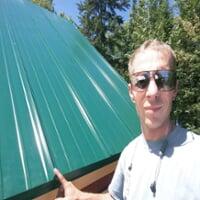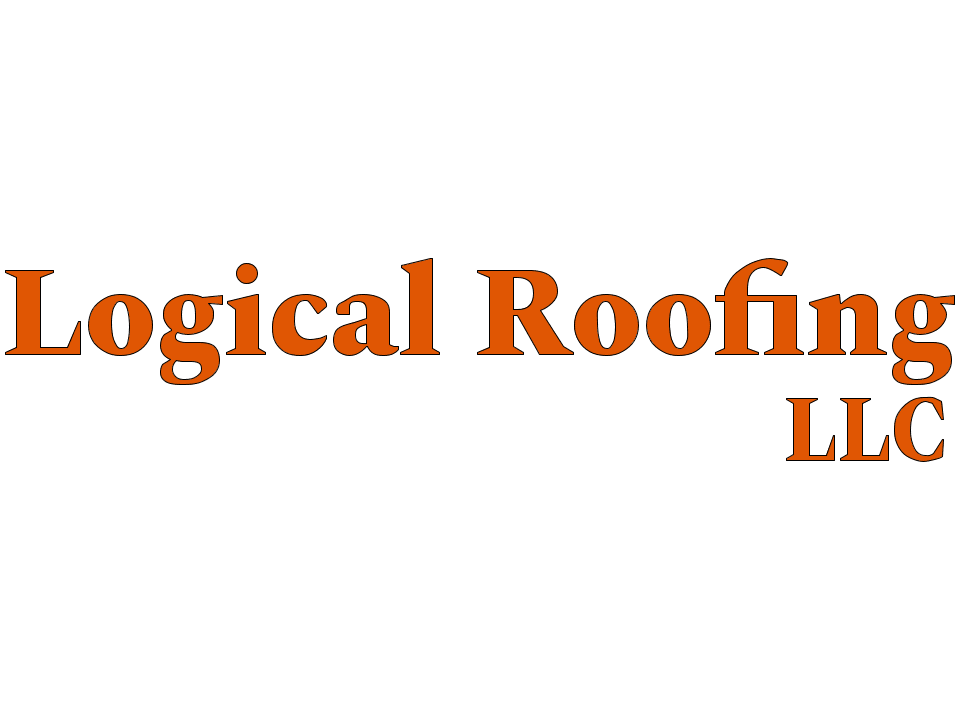Introduction: Your home is your sanctuary, a place where you should feel safe and healthy. However, lurking above, often unnoticed, is a potential hazard that could compromise both your dwelling and your well-being: a leaking roof. While it may seem like a minor inconvenience, a leaking roof can lead to far-reaching consequences, particularly when it comes to mold growth and associated health issues.
The Stealthy Culprit: Mold Growth One of the most insidious consequences of a leaking roof is mold growth. Mold thrives in damp, dark environments, making the attic space beneath a leaking roof an ideal breeding ground. Even if you don't see visible signs of water dripping into your living space, moisture can seep into the insulation, walls, and ceilings, fostering the growth of mold colonies.
Mold is not just unsightly; it can also pose serious health risks. Exposure to mold spores can trigger allergic reactions, respiratory problems, and exacerbate existing conditions such as asthma and allergies. Moreover, certain types of mold, such as black mold (Stachybotrys chartarum), produce mycotoxins that can be harmful to human health when inhaled or ingested.
The Silent Spread: Health Implications The presence of mold in your home can lead to a myriad of health issues, ranging from mild irritation to severe respiratory infections. Common symptoms of mold exposure include coughing, wheezing, nasal congestion, skin irritation, and throat irritation. Prolonged exposure to mold may even result in chronic conditions and long-term health complications.
Children, the elderly, and individuals with pre-existing respiratory conditions are particularly vulnerable to the adverse effects of mold exposure. For them, a leaking roof can exacerbate health problems and diminish their quality of life. Furthermore, mold-related illnesses often go undiagnosed or misdiagnosed, leading to prolonged suffering and unnecessary medical expenses.
Preventive Measures: Safeguarding Your Home and Health The key to mitigating the risks associated with a leaking roof lies in prompt detection and repair. Regular roof inspections, especially after severe weather events, can help identify potential leaks before they escalate into larger issues. Addressing any signs of water damage promptly, such as discolored ceilings or musty odors, is crucial in preventing mold growth and safeguarding your indoor air quality.
In addition to proactive maintenance, investing in quality roofing materials and professional installation can prolong the lifespan of your roof and reduce the likelihood of leaks. Proper attic ventilation and insulation also play a crucial role in preventing moisture buildup and inhibiting mold growth.
Conclusion: A leaking roof is not just a structural concern; it can have far-reaching implications for your health and well-being. Mold growth resulting from unchecked roof leaks can compromise indoor air quality and exacerbate respiratory issues, posing a significant risk to you and your family. By staying vigilant, addressing leaks promptly, and implementing preventive measures, you can protect your home and health from the hidden dangers of a leaking roof. Remember, when it comes to your sanctuary, prevention is always better than cure.


